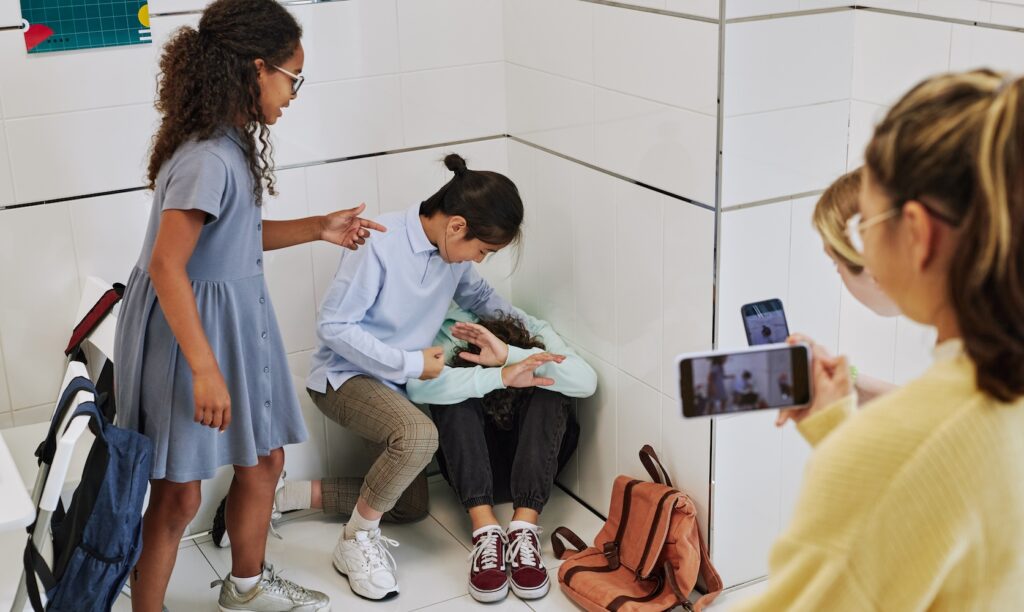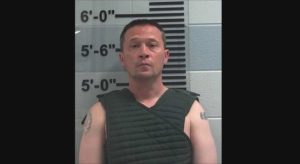Illinois school board spends $40K on restorative justice after teachers complain of student violence
Illinois’ Springfield Public Schools (SPS) board voted unanimously on Monday to allocate $40,000 to train educators in “restorative” practices amid a surge in violence, despite using a similar…

Illinois’ Springfield Public Schools (SPS) board voted unanimously on Monday to allocate $40,000 to train educators in “restorative” practices amid a surge in violence, despite using a similar model for the last decade.
The framework focuses on “building and maintaining positive relationships, repairing harm caused by conflicts or misconduct, promoting accountability, and fostering a sense of community and well-being.”
The board also discussed banning cell phones, since students are allegedly using them to set up fights or make threats.
The move came after teachers complained that student violence was completely out of control.
“I am positive that I speak for all teachers in the district when I say I have never taken an oath to work with all children no matter what,” high school teacher Kristen Jurgens said at the board’s May 20 meeting.
“I did not sign up to teach children who threaten us with guns; I did not sign up to teach children who steal our cars; I did not sign up to teach children who post disturbing, violent threats on social media.”
Teacher Emelie Cherrone recalled how her child made a habit of telling her, “Have a good day, mom. Don’t get punched in the head today.”
“My 7-year-old shouldn’t have to worry about my safety,” she told the board. “And neither should I.”
Another educator, Mike Anderson, testified he did not “feel safe at work,” recalling an incident where a student threw a wood doorstop at his head and faced minimal repercussions.
Middle school teachers even coordinated an informal strike demanding change.
However, SPS’ use of restorative justice actually dates back to 2014 when Superintendent Jennifer Gill promoted the alternative method of discipline.
“Instead of just suspending students or sending them home, it’s really about thinking about what sort of practices we can put in place to help them understand where they turned the wrong corner and what types of things they can do to manage those emotions to get them back in school in some modified way,” Gill had said.
The district’s implementation of restorative justice coincided with the Obama administration’s threatening school districts with federal investigations if their data showed a “disparate impact” of discipline for students of certain races.
SPS currently employs “braided behavior support systems” which include social emotional learning, behavior intervention and restorative practices.
The system is intended to “provide 3 tiers of intervention and a problem solving process for students both academically and behaviorally.”
Proponents of restorative justice cite research in which such policies led to a decrease in both in-school and out-of-school arrests, as well as fewer suspensions.
However, since the practice gained popularity, school violence has gotten significantly worse.
According to the Department of Education, there was a 42% increase in sexual violence between 2013 and 2018.
Other evidence from 2009-2020 showed an increase in student racial/ethnic tensions and “widespread disorder in classrooms.”
The same data found rates of cyberbullying had doubled, as had students verbally and nonverbally abused teachers.
“We need to move away from prioritizing the perpetrator of the bad behavior over the classrooms full of kids who are ready to learn,” Erica Sanzi with Parents Defending Education previously told The Lion. “Teachers feel unsupported and too many students are trapped in chronically disruptive classrooms.”



